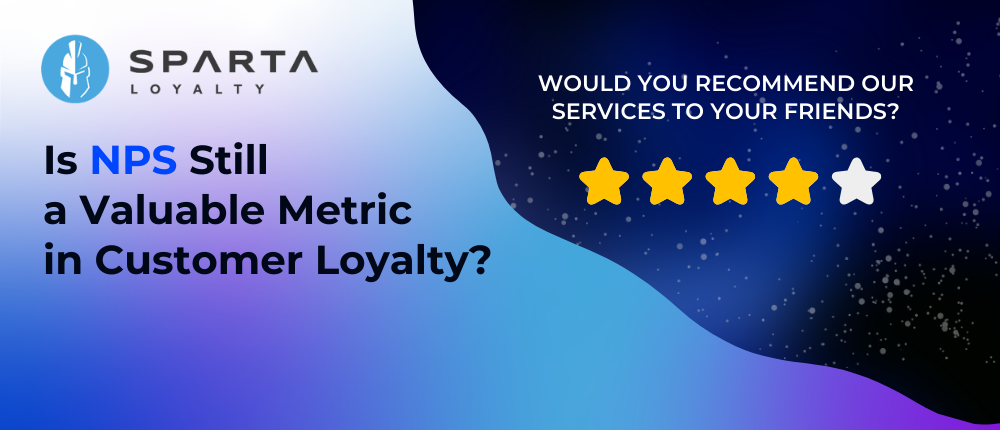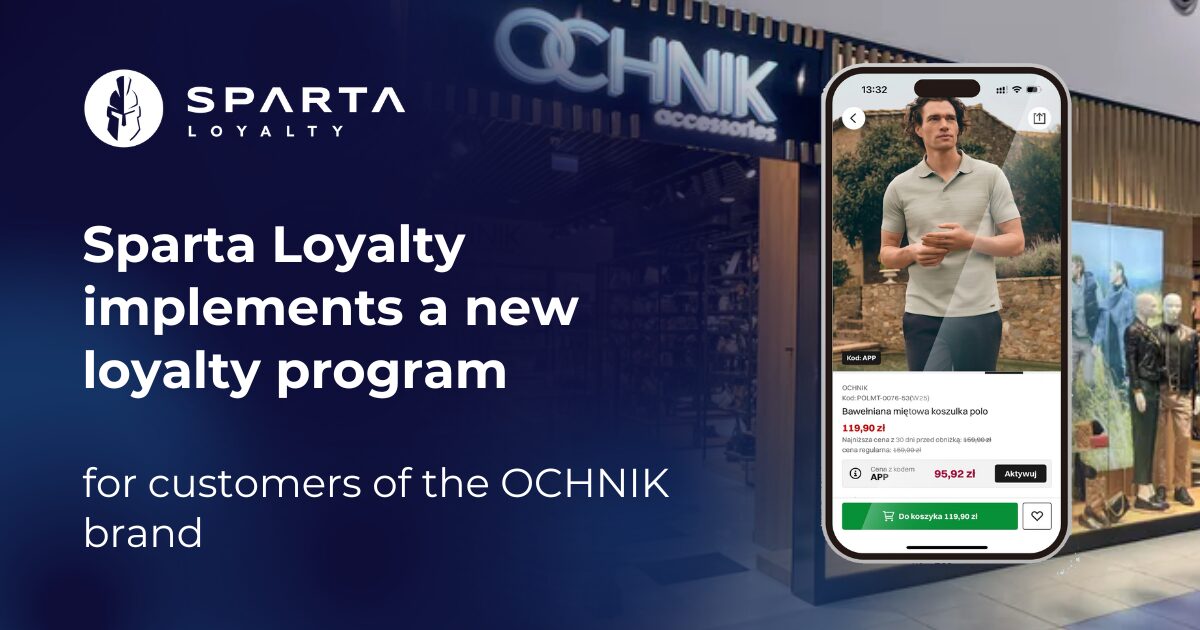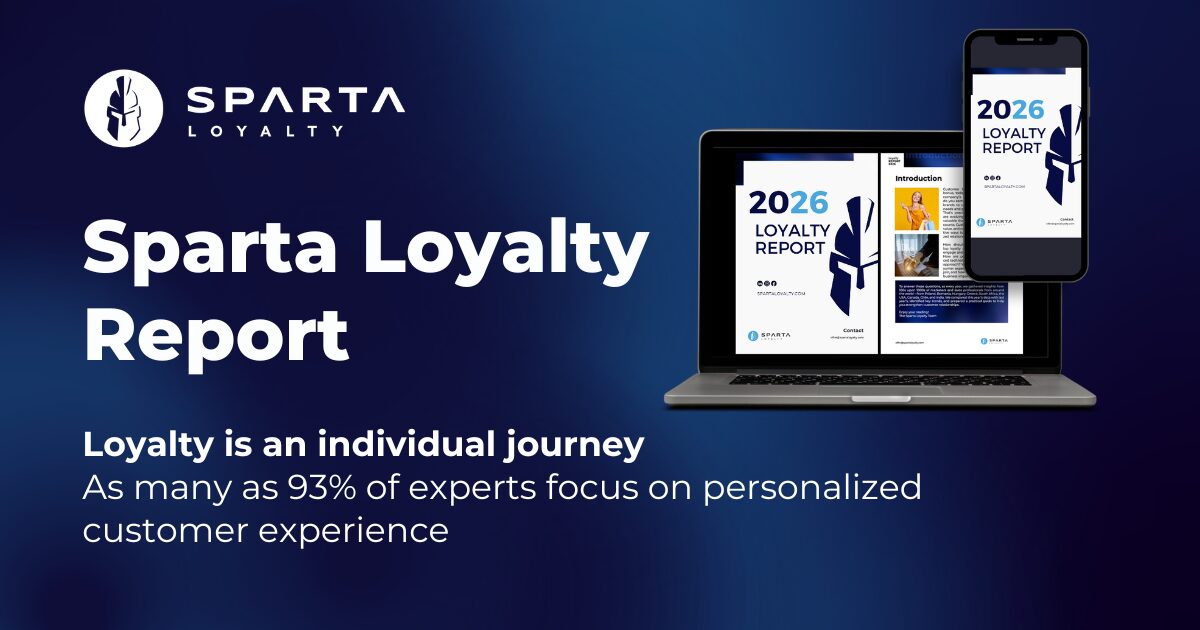Exploring the Ever-Evolving Landscape of Customer Loyalty
Hey there, are you an enthusiast of customer experience and business growth? Today, let’s dive into a topic that’s been buzzing around the boardrooms and marketing departments of companies big and small: the Net Promoter Score (NPS). But wait, before you dismiss it as just another industry buzzword, let’s take a closer look and ask ourselves: Is NPS still relevant today?
The Rise of NPS: A Brief Overview
First things first, let’s rewind a bit and talk about how NPS became the darling of the customer experience world. Back in 2003, Fred Reichheld introduced the concept in his groundbreaking article, “The One Number You Need to Grow” (Reichheld, 2003). Essentially, NPS boils down to one simple question: “On a scale of 0 to 10, how likely are you to recommend our company/product/service to a friend or colleague?”
Sounds straightforward, right? But here’s where it gets interesting. The responses are categorized into three groups: Promoters (9-10), Passives (7-8), and Detractors (0-6). The magic happens when you subtract the percentage of Detractors from the percentage of Promoters, giving you a single NPS score that supposedly reflects customer loyalty and advocacy.

The Big Question: Is NPS Still the Holy Grail?
Fast forward to today, and the landscape of customer experience has undergone a seismic shift. With the rise of social media, online reviews, and a hyper-connected consumer base, some industry insiders are starting to question the relevance of NPS in its traditional form. After all, can a single question truly capture the complexity of customer sentiment and loyalty in today’s digital age?
That’s where the debate begins. In a recent study titled “Benchmarking NPS Across Different Industries,” researchers explored the average NPS scores across various sectors, shedding light on the nuances and industry-specific factors at play (Reichheld & Markey, 2011). What they found was fascinating: NPS scores vary widely depending on the industry, with sectors like Healthcare and Communication & Media showing distinct patterns.
The Relationship Between NPS and Other Metrics
But here’s the million-dollar question: Is NPS the end-all-be-all of customer satisfaction metrics? Not so fast. In another intriguing study titled “Net Promoters Score (NPS) And Its Relation to Other Marketing Customer Satisfaction Measures,” researchers examined how NPS correlates with other commonly used metrics (Biesok & Wyród-Wróbel, 2020). What they discovered might surprise you.
Through simulation and data analysis, the researchers found that tweaking the NPS scale could lead to better alignment with other satisfaction indices. In other words, NPS might not tell the whole story on its own. But when combined with other metrics like Customer Satisfaction Score (CSAT) and Customer Effort Score (CES), it paints a more complete picture of the customer experience landscape.
Examples from the Trenches: Navigating Real-World Challenges
Now, let’s bring it down to the nitty-gritty. How are companies actually using NPS in the wild? Take the airline industry, for example. In a highly competitive market where customer loyalty can make or break a business, airlines have long relied on NPS as a key measure of customer satisfaction (Lehmann et al., 2020).
But here’s the twist: not all airlines are created equal. Low-cost carriers like Southwest Airlines have famously high NPS scores, thanks to their emphasis on customer service and value for money. On the other hand, legacy carriers like American Airlines face an uphill battle, with lower NPS scores reflecting their struggles to adapt to changing consumer preferences.
Retail: Unveiling the Dynamics of Customer Loyalty
Picture this: you’re strolling through a bustling shopping mall, browsing the latest fashion trends or hunting for that perfect gadget. As you navigate the labyrinth of retail stores, each offering its own unique blend of products and experiences, one question looms large in the minds of retailers: How do we keep customers coming back for more?
Enter NPS. Just like in the airline industry, retail giants and boutique shops alike have turned to NPS as a barometer of customer satisfaction and loyalty. But here’s where it gets interesting: the retail landscape is as diverse as it is competitive, with brands vying for consumers’ attention and dollars in an increasingly digital world.
Let’s break it down further. Imagine you’re shopping for a new pair of sneakers. You stroll into a Nike store and are greeted by friendly staff, a seamless checkout process, and maybe even a personalized recommendation based on your past purchases. It’s an experience that leaves you feeling satisfied and inclined to recommend the brand to your friends and family.
Now, contrast that with a less-than-stellar experience at a department store chain. Long lines at the checkout counter, disinterested staff, and a lackluster selection of products leave you feeling frustrated and unlikely to return. In this scenario, the NPS score is likely to reflect your disappointment and serve as a wake-up call for the retailer to up their game.
But here’s the kicker: NPS is just one piece of the puzzle. In the retail world, where customer preferences and trends can shift in the blink of an eye, brands need to go beyond NPS to stay ahead of the curve. That means leveraging data analytics to uncover actionable insights, investing in omnichannel experiences that seamlessly blend online and offline interactions, and doubling down on customer engagement strategies that foster long-term loyalty.
Comparing Across Industries: Lessons Learned and Best Practices
So, what can we learn from comparing NPS scores across industries like airlines and retail? For starters, it highlights the importance of context and industry dynamics in shaping customer perceptions and behaviors. While airlines may prioritize factors like on-time performance and in-flight amenities, retailers may focus on factors like product quality and store ambiance.
But beyond the differences lie common threads that bind these industries together: a relentless focus on customer-centricity, a commitment to continuous improvement, and a recognition that loyalty is earned, not given. Whether you’re soaring through the skies or browsing the aisles, the principles of NPS can serve as a guiding light in the quest for customer satisfaction and business growth.
Looking Ahead: Navigating the Future of NPS
So, where does that leave us? Is NPS dead in the water, or does it still have a role to play in the ever-evolving world of customer experience? The answer, as always, is a resounding “it depends.”
While NPS continues to be a valuable tool for gauging customer sentiment and loyalty, its effectiveness hinges on context, industry dynamics, and evolving consumer behaviors. As businesses strive to stay ahead of the curve, it’s essential to embrace a more holistic approach to customer experience management.
That means integrating NPS with other metrics, leveraging advanced analytics and AI-driven insights, and staying attuned to emerging trends in customer behavior. By doing so, companies can unlock new growth opportunities, foster deeper customer relationships, and navigate the complexities of the modern marketplace with confidence.
Conclusion: Embracing Change and Innovation
In conclusion, the question of whether NPS is still relevant today is not a simple yes or no. Instead, it’s a nuanced conversation that requires us to challenge conventional wisdom, explore new ideas, and embrace change. While NPS may have been the gold standard in the past, the future belongs to those who are willing to adapt, innovate, and reimagine the way we measure and manage customer loyalty.
So, is NPS still relevant today? That’s for you to decide. But one thing’s for sure: the journey is just beginning, and the possibilities are endless.
References:
– Reichheld, F. F. (2003). The one number you need to grow. Harvard Business Review.
– Reichheld, F., & Markey, R. (2011). The ultimate question 2.0: How net promoter companies thrive in a customer-driven world.
– Biesok, G., & Wyród-Wróbel, J. (2020). Net Promoters Score (NPS) And Its Relation to Other Marketing Customer Satisfaction Measures. University of Bielsko-Biala.
– Lehmann, D. R., Gupta, S., & Steckel, J. H. (2020). Drivers of airline loyalty: Evidence from the net promoter score. Journal of Marketing Research.
– Heskett, J. L., Sasser, W. E., & Schlesinger, L. A. (2008). The value-profit chain: Treat employees like customers and customers like employees. Harvard Business Review.
– Anderson, E. W., Fornell, C., & Mazvancheryl, S. K. (2014). Customer satisfaction and shareholder value. Journal of Marketing, 68(4), 172-185.
– Fornell, C., Rust, R. T., & Dekimpe, M. G. (2006). The effect of customer satisfaction on consumer spending growth. Journal of Marketing Research, 43(1), 28-35.
– Keiningham, T. L., Aksoy, L., Cooil, B., & Andreassen, T. W. (2007). Linking customer loyalty to growth. MIT Sloan Management Review, 48(2), 51-57.
– Morgan, N. A., & Rego, L. L. (2006). The value of different customer satisfaction and loyalty metrics in predicting business performance. Marketing Science, 25(5), 426-439.






